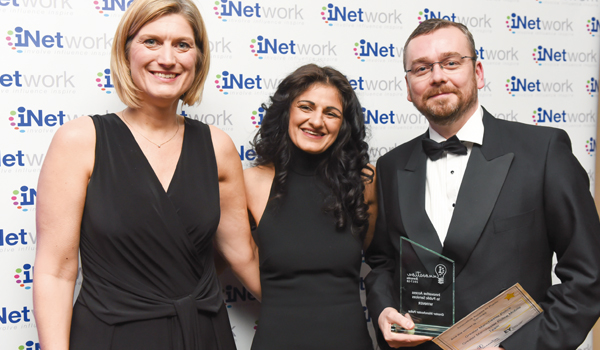Tracking crime in real time
Researchers have developed a crime-tracking algorithm to process the digital traces left by emails or internet activity. With digital information multiplying by the second, there are seemingly endless amounts of information for criminal investigators to gather and process.

Researchers have developed a crime-tracking algorithm to process the digital traces left by emails or internet activity. With digital information multiplying by the second, there are seemingly endless amounts of information for criminal investigators to gather and process.
Now Professor Irad Ben-Gal, Dr Eugene Kagan and Ph.D. student Aviv Gruber at Tel Aviv University are using these digital traces to help catch criminals and strengthen security against the threat of terrorism, developing high-powered context-based search algorithms to analyse digital data on-the-fly.
With the ability to process new pieces of information instantly, these algorithms move at a high speed to support ongoing investigations.
Professor Ben-Gal explains that like digital files, people are always on the move and its not enough to process the information you have and assume the output will remain relevant.
If the object is moving, modelling and eventually catching it is mathematically complex, he said.
Professor Ben-Gal and his fellow researchers have been working with leading security organisations to establish patterns of terrorist or criminal activity using mostly communication files. New pieces of information are automatically plugged into existing data and the algorithms analysis of the criminals movement or pattern is reformatted.
He said the algorithm works like a computerised sleuth, taking pieces of information such as phone calls, emails or credit card interactions and reducing them to a set of random variables for further analysis.
All of these communications are actually pieces of one long message waiting to be decoded, explained Professor Ben-Gal. In a single telephone call, for example, there are several variables to consider the recipient of the call, its length, the location of the caller himself. Once all this is known, the algorithm not only assesses patterns of crime to predict future movements, but also creates a probability map displaying the possible locations of the person or group of interest.
Like a topographical map, the probability map is divided into zones where the subject (a criminal, a terrorist organisation or a drug-dealing ring) is likely to be operating. Each zone is assigned a statistical level of probability that the subject is there. Although refining the programming of the original algorithm could take some hours, each new piece of information afterwards can be processed in a matter of milliseconds and the analysis can be used instantly.
Our algorithms can help officials to use the available information wisely, said Professor Ben-Gal. If they have one shot at obtaining a suspect, the location of highest probability is a good bet. Zones of lower probability can be ruled out and attention can be focused in increasingly specific areas. With more time to spare, its an adaptive searching game lower probability zones can sometimes yield more information.
According to Professor Ben-Gal, these algorithms are designed to deal with the phenomenon of big data, the ever-growing amount of information available to crime-fighters in the technological environment.
He adds that beyond tracking criminals, they offer solutions for more legitimate uses from marketing to computer file sharing.
Professore Ben-Gal points to companies such as Amazon, IBM and Apple, which have effectively put similar algorithms to use. Amazon, for example, generates purchasing suggestions based on books, music or products you have already purchased or browsed.



